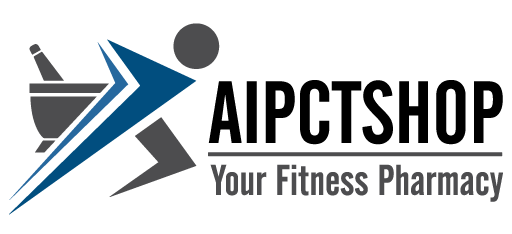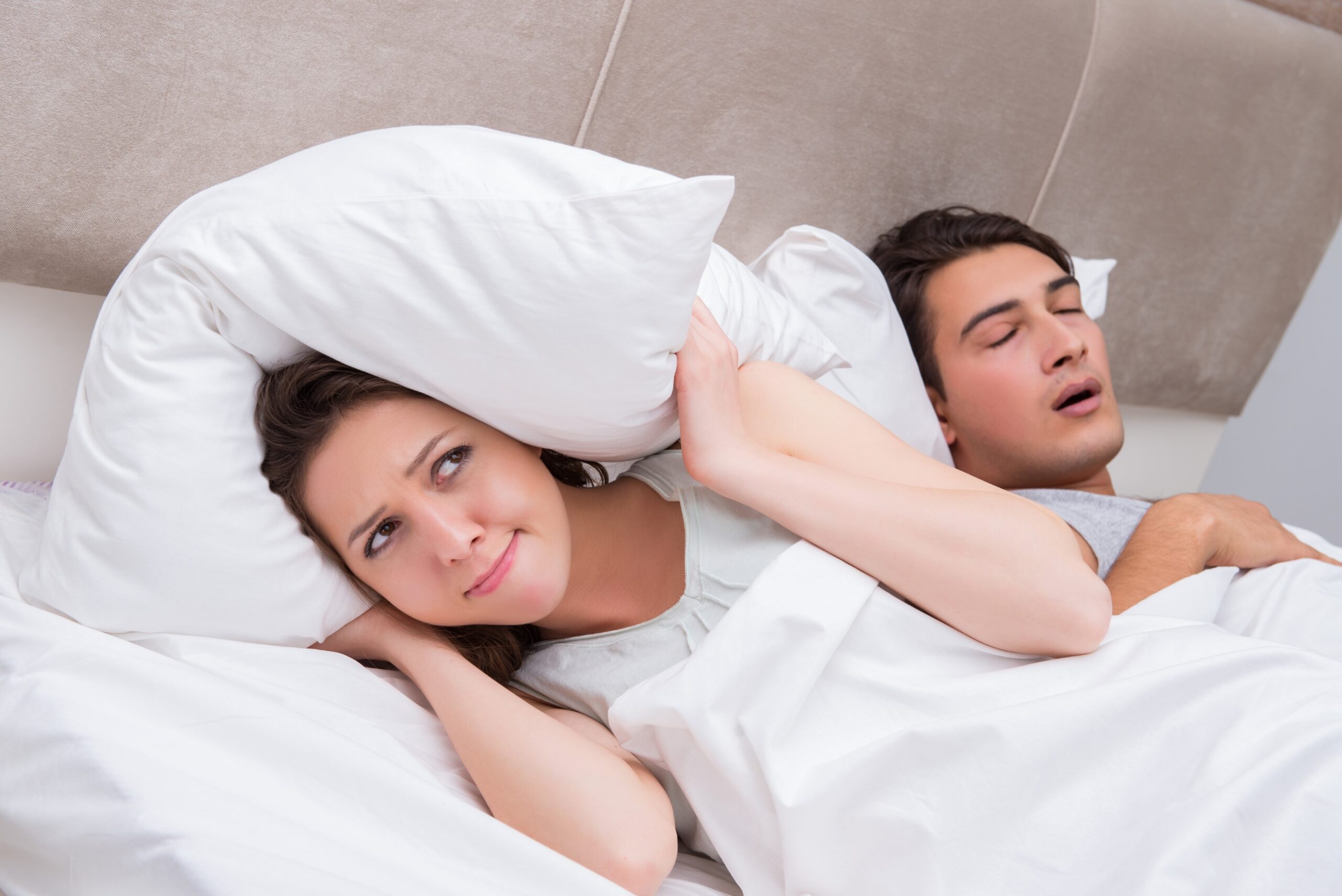Many people may be familiar with hearing someone snoring while sleeping but most would be unable to pinpoint a name for the act of snoring, how and why it occurs and if there are any means of reducing or eliminating the habit from the sleep cycle. Most likely, it’s here to stay but read on to find out what sleep apnea is all about in this sleep apnea guide.
A brief background to sleep apnea
The first thing to know about sleep apnea is that it’s a sleep disorder where breathing repeatedly ceases and starts again. These ceasing and starting interruptions in your sleep are called apneas. So even if you have a full night’s sleep but you snored loudly and feel tired come daytime, it’s quite possible that you have sleep apnea.
Sleep apnea mostly occurs while a person is sleeping on his/her back, a position known as a positional obstructive sleep. Sleep apnea can significantly affect a person’s energy, mental well-being and health in the long term and should not be taken lightly. Some symptoms such as snoring during sleep and daytime sleepiness usually precede the onslaught of sleep apnea and you’d be foolish to ignore these symptoms.
The symptoms of snoring and sleepiness should alert you to see a sleep specialist for medical assistance. In doing so, you’ll be able to rid yourself of your condition and get the kind of sleep you’ve always wanted and one that will invigorate every day. There are many people out there who go through the same experience as you do and most, if not all, are now sleeping without the apneas.
If you choose to ignore sleep apnea, depression may overcome you or you may get heart disease symptoms may start to appear. When you are experiencing sleep apnea, the first thing you feel when you get up is that you feel enervated or your vitality is greatly weakened.
Solid facts about sleep apnea
- While people in the 50 years and over age groups are more susceptible to sleep apnea, anyone including children may be affected.
- People who have hypertension or high blood pressure are at risk of suffering from sleep apnea.
- Women in their menopause or postmenopausal cycles have a higher risk of obstructive sleep apnea (OSA).
- Mild symptoms of obstructive sleep apnea (OSA) occur to 1 in 5 adults while 1 in 15 adults have moderate to severe symptoms.
Specific causes of sleep apnea
Since sleep apnea is primarily caused by the collapse of tissues in air passages which block air from travelling to the lungs we have a look at the factors that contribute to tissue collapse:
Changes in your muscles
During sleep, the muscles in the throat area that hold the airway apart and open begin to relax along with the tongue. This causes a narrowing of the airway and tends to impede the flow of air through the nostrils and mouth to the lungs. While this may normally not always happen during sleep it does when sleep apnea takes control as you fall into deep sleep.
Physical blockages
Sometimes, too much tissue or fat lines the tubular walls of air passages hindering the free passage of air through the air ducts causing loud snoring noises normally found in OSA or obstructive sleep apnea.
Functioning of the brain
This can be impacted by faulty controls provided by the nervous system that sends messages to the brain and action impulses to body organs and muscles. All this happen during central sleep apnea or CSA which may be triggered by a stroke or heart failure, high altitude climb, or use of pain killer medication.
Conditions that may induce sleep apnea
- Supine position (lying flat on your back) while asleep
- Overweight or being obese
- Very serious sinusitis
- Large circumference of the neck
- Weight gain
- Menopause
- Big tonsils
- Smoking
- Sleep apnea in the family
- Teeth misalignment
Real life symptoms of sleep apnea
The most common symptom is snoring of which the sleeper is not aware but another person close by sees the sleeper stop breathing, gasps or grunts suddenly, wakes up, and goes back to sleep again. Daytime drowsiness or sleepiness is another common symptom caused by the interruption of sleep at night.
Other symptoms are listed below:
- Car accidents
- Weak cognition and focusing ability
- Difficulty in moving about (metabolic syndrome)
- High blood pressure
- Stroke from reduced blood flow to the brain
- Memory issues
- Always tired
- Poor life quality
- Headaches
- Dry mouth and throat from sleeping with mouth open
Treatment focus
Due to the long term debilitating effects of sleep apneas, sleep therapists have focused attention on positional obstructive sleep. This condition involves a person who is in a state of deep sleep and is lying on his/her back. You will know that the person is in a state of sleep apnea when there is intermittent disruption of the breathing (breathing stops) for several seconds as he/she sleeps away and suddenly starts breathing again.
One of the most common treatment methods is the continuous positive airway pressure therapy (CPAP), which involves air being pressured through a mask to keep the air passage open during sleep.
In most cases, sleep apnea is found in people with generally poor health and therefore more susceptible to complications of a life-threatening nature such as car accidents, concentrating, stroke, depression and heart attack. General good quality health is desirable.
The goal of any medical treatment for apneas should be to normalize breathing during deep sleep and in doing so, you will:
- Eliminate fatigue during the daytime
- Remove undesirable changes in mental health from lack of sleep
- Prevent possible cardiovascular conditions to emerge due to excess strain from labored breathing.
Personal treatment options
Lifestyle changes
If you want to normalize breathing and prevent sleep apnea in your sleep do the following:
- Stop drinking alcohol
- Stop smoking
- Lose excess weight
- Sleep on your side
More options
CPAP therapy: This is now the foremost treatment for sleep apnea with the goal of keeping air passages open by pumping a steady flow of air through a mask. However, in some cases users have stopped using the medication before achieving benefits. They have quit without knowing that adjustments can be made to the mask and its settings to make the treatment more effective. Moisture can also be added to the air flow to cure nasal symptoms.
Surgery: surgical solutions may also be used to widen the air passages by strengthening or shrinking tissue, removing tonsils or surplus tissue and other surgical work that may be performed in a hospital or a doctor’s clinic.
Mandibular repositioning device (MRD): This is an oral appliance that holds the jaw forward during sleep, to widen the space behind the tongue and keeps the air passage open. It prevents snoring and apneas and while it has side effects, they are treatable and less serious than the side effects of sleep apnea when left untreated.
The above information should be studied closely by someone who experiences daytime sleepiness or sleep apnea preferably in the company of a doctor who can suggest what needs to be done.
Conclusion
It should be evident from the information provided in this sleep apnea guide that the side effects of sleep apnea should never be taken lightly and anyone who show symptoms of the condition should seek medical assistance the moment it becomes known. This approach will quickly treat sleep apnea and prevent its side effects from becoming a life-threatening problem.

